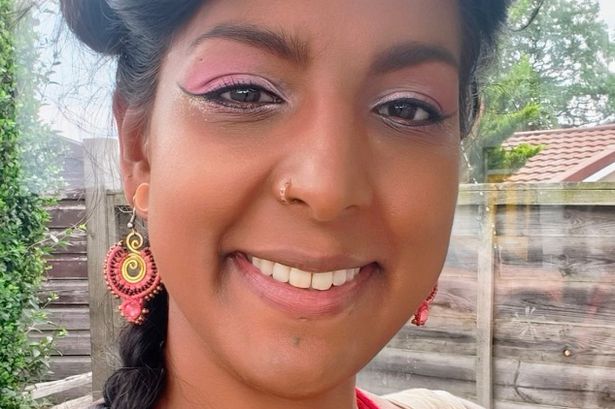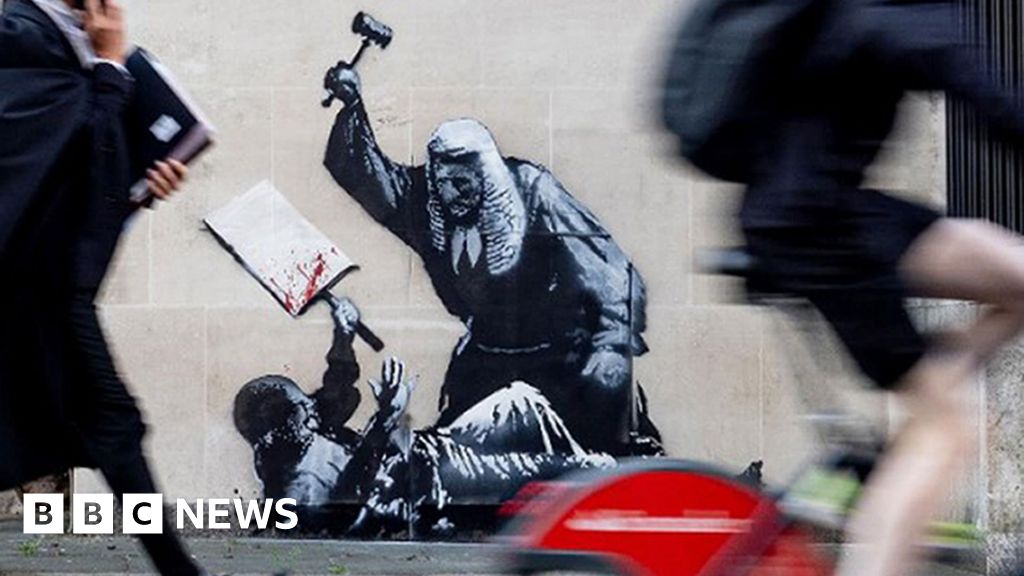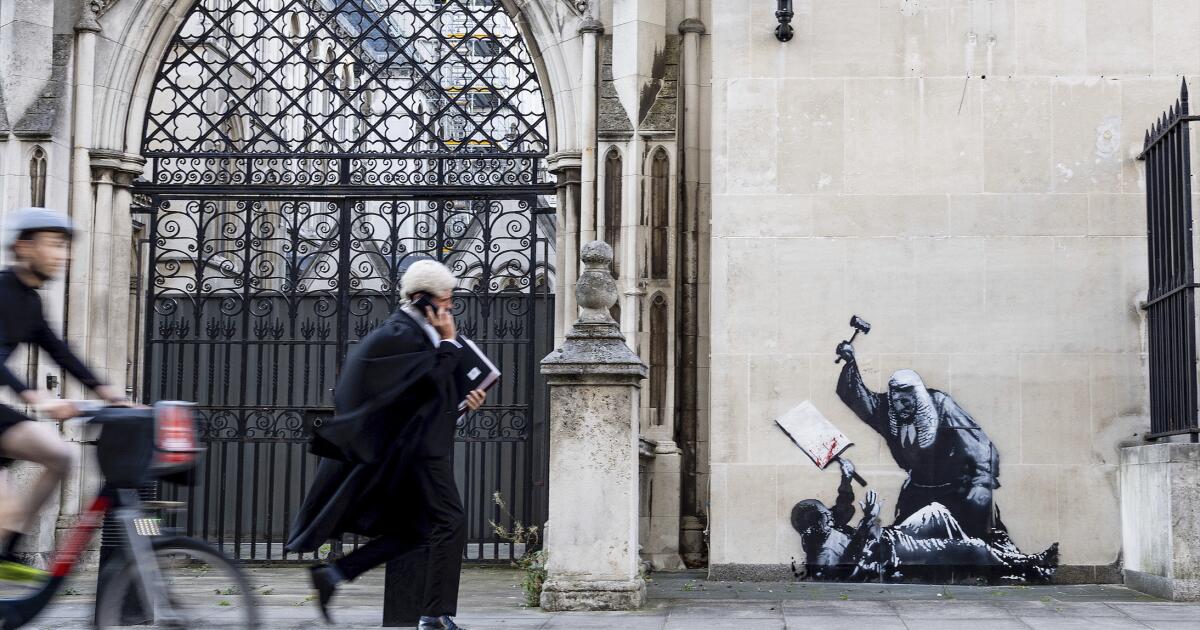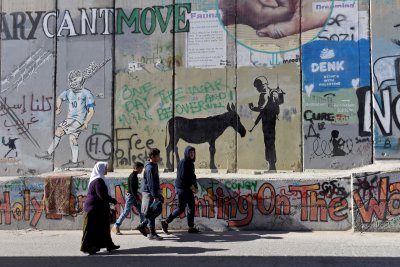Nakita Devi, a breath therapist at Limitless Living, has explained why she loves Bristol so much in the week that the city was named one of Lonely Planet’s places to visit in 2026
A resident of a UK city newly tipped as one of the best in the world to visit loves it, but would make one change if she could.
This week Bristol was included in Lonely Planet’s best places to visit list for 2026. This comes a few short months after it was named as one of Time Out’s best places in the world.
High praise indeed. And praise which Nakita Devi, a breath therapist at Limitless Living, feels is well deserved. She told The Mirror why she loves Bristol so much and what brought her back to the city.
“There’s a real blend here of history, culture, community, and events. The level of innovation and creativity almost feels tangible. I also love feeling a general sense of togetherness and trust that exists here – perhaps rare for a city,” she explained.
“I’ve lived in various other places and countries over the years, but Bristol is home because there are many people here committed to making life better for everyone; whether that’s through art and music, politics and education, social justice and inclusion, or family festivals and sober spaces. It really feels incredibly diverse, with something for everyone, more than anywhere else I’ve been.”
READ MORE: UK city ‘everyone laughs at’ named one of the best places in the worldREAD MORE: Underrated European hotspot is named one of world’s best places for 2026
When it comes to her recommendations for the best places to eat, drink and visit in Bristol, the 37-year-old was teeming with ideas.
“There are so many! Stokes Croft and Gloucester Road have a whole host of independent cafés, restaurants, and bakeries. King Street is also one of my favourites for bars and pubs with its history and cobbled stones. For dinner, personally I love Indian so Rock Salt and Nutmeg are two of my top recommendations,” the born-and-raised Bristolian said.
“I love the many open green spaces that are so accessible! Brandon Hill, Ashton Court, Blaise Castle, and Leigh Woods are just a few of my favourites for a wander any time of the year.”
However, as with all places, Bristol is not perfect (although some in the city might argue it is.)
Nakita has one small note for Bristol. “It can sometimes feel quite intense. I particularly notice it when I return after being away. There’s an aliveness or electricity here that can feel overwhelming at times. Additionally, with such a constant range of events to choose from, it’s easy to want to do it all instead of prioritising rest,” she said.
Nakita shared her views on the city in the week that Bristol was named as a must-visit destination for 2026 by Lonely Planet, thanks to its vibrant street art scene. The city is the only one in the UK to feature on the travel guide’s worldwide Best In Travel list for next year.
“Bristol’s street art scene makes for a fantastic inclusion in Best in Travel, Lonely Planet’s annual celebration of essential journeys and experiences for the coming year,” said Tom Hall, vice president of Lonely Planet.
“We’re delighted to shine a light on one of the UK’s most exciting cities, showcasing the talents of local artists. Exploring the colourful, creative murals dotted around the city is the perfect first step in getting to the heart of Bristol.”
The city reportedly boasts over 250 street artworks at various locations. ‘Our Common Ground’, a large new piece covering part of the Centre, was revealed in September, although it received a somewhat mixed response.
Banksy, perhaps the world’s most famous street artist and a native of Bristol, contributes significantly to the city’s reputation. Kathryn Davis, Chief Executive of tourism body Visit West, expressed her delight that Bristol had made it into Lonely Planet’s 2026 edition, highlighting the significant financial contribution the local arts scene brings to the city and wider region, reports Bristol Live.
READ MORE: I’m a flight attendant – we have a secret code word for passengers we fancyREAD MORE: Tourists say charming UK village is ‘frozen in time’ with car-free streets
“Our ever-evolving outdoor gallery draws thousands of visitors from around the world each year, contributing millions of pounds to the local visitor economy,” she stated.
“Visitors not only stay in hotels and join tours, but they also contribute significantly to the visitor economy at large… Crucially, this impact extends beyond the city centre, helping to drive economic benefits across the wider city.”
According to Visit West, tourism is worth £2.6bn to the combined economy of Bristol, Bath and North East Somerset, South Gloucestershire and North Somerset. Around 45,000 people work in the ‘visitor economy’ of the region.
“We are thrilled that Lonely Planet has named Bristol in its Best in Travel 2026 for our city’s street art,” Ms Davis added. “We look forward to welcoming many more visitors this next year and beyond, to discover the humorous, playful, political and subversive street art in and around the city.”
Have a story you want to share? Email us at [email protected].





